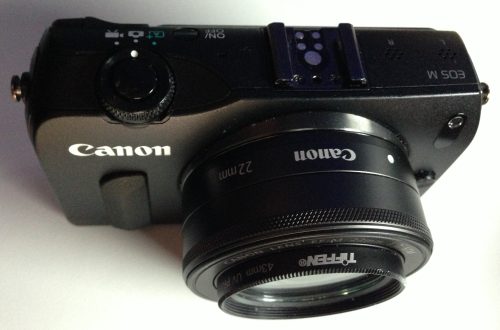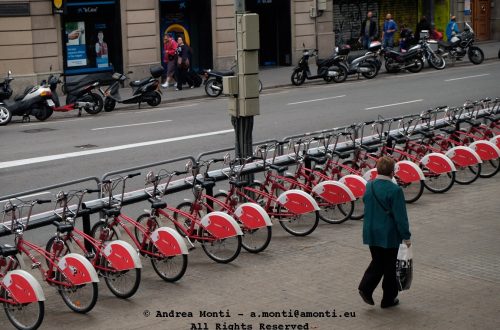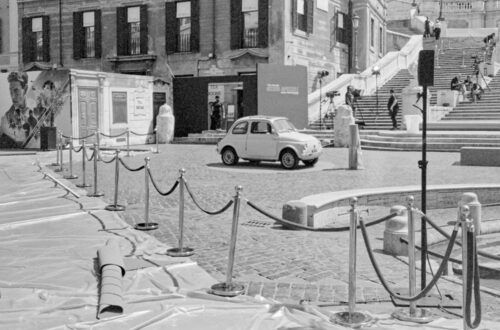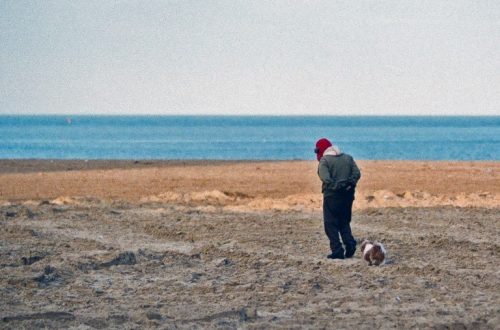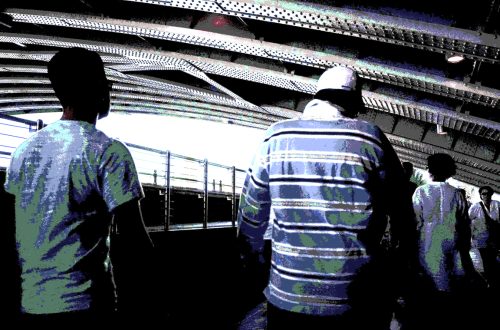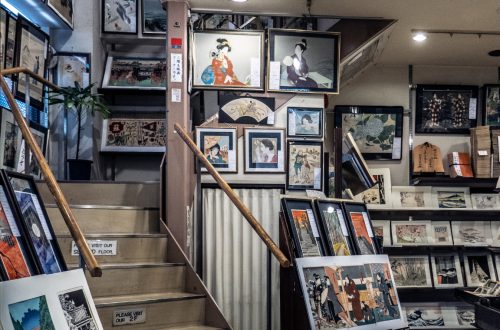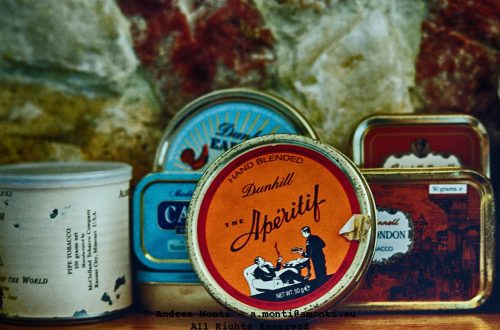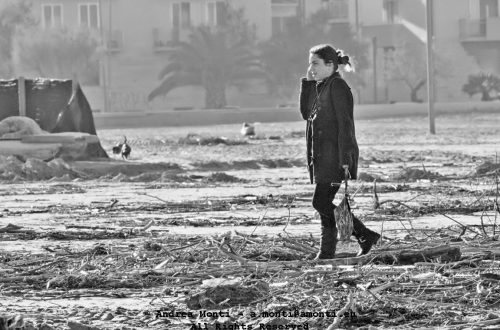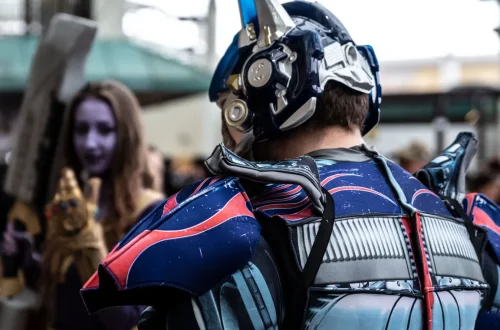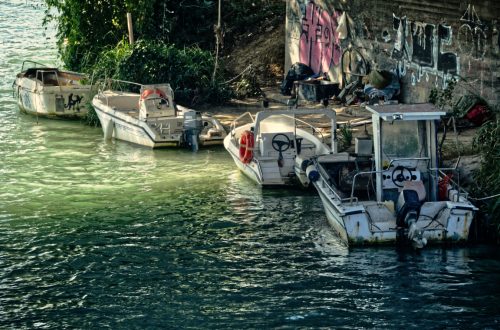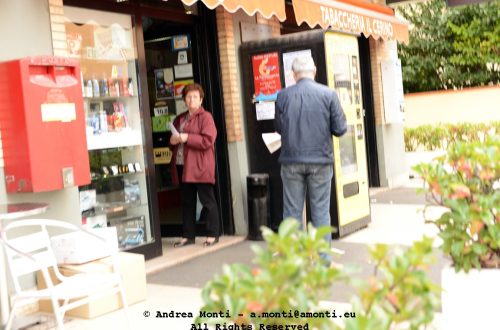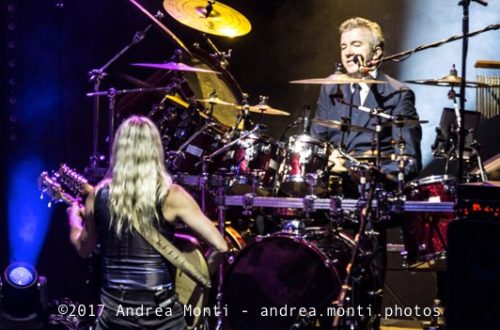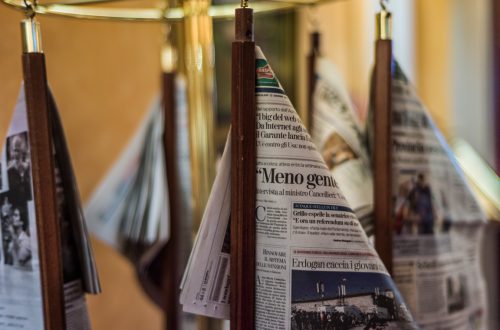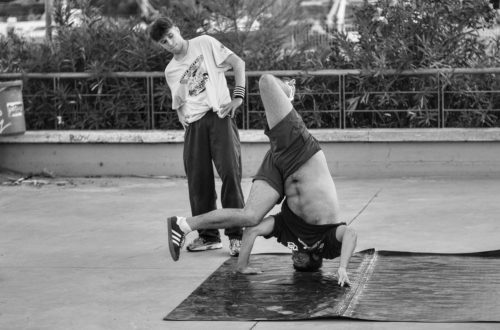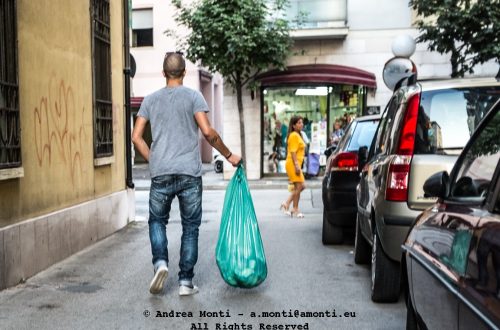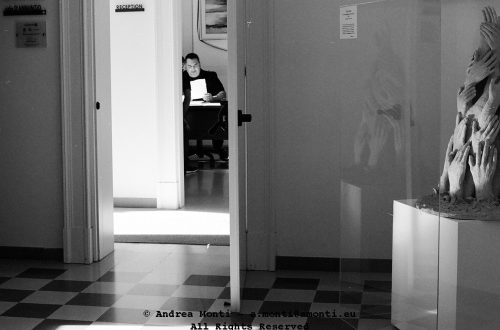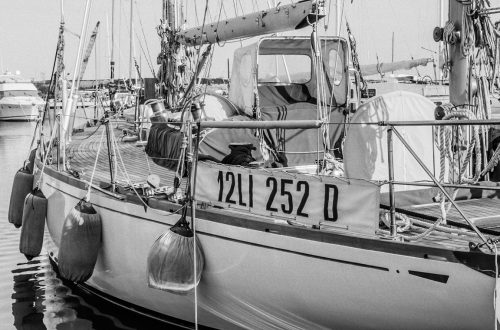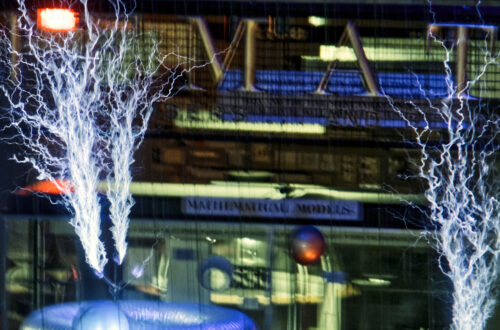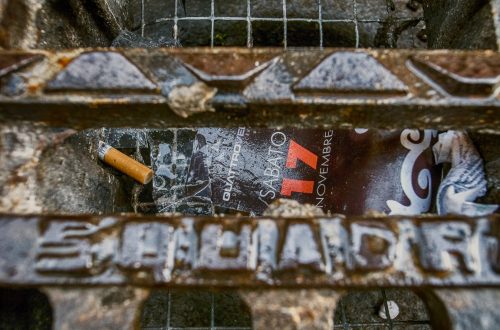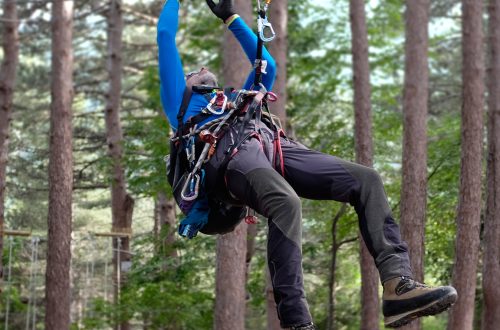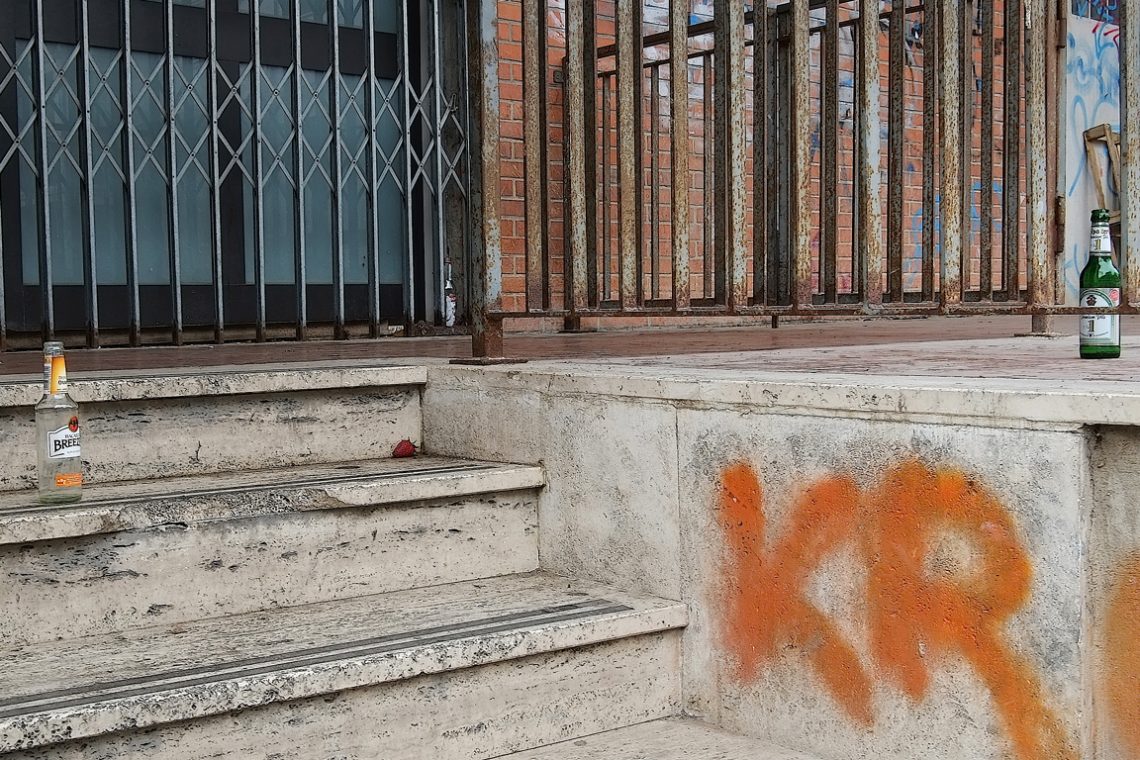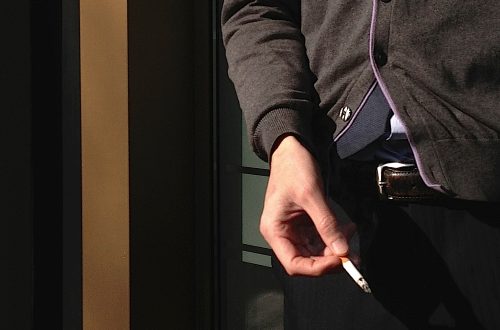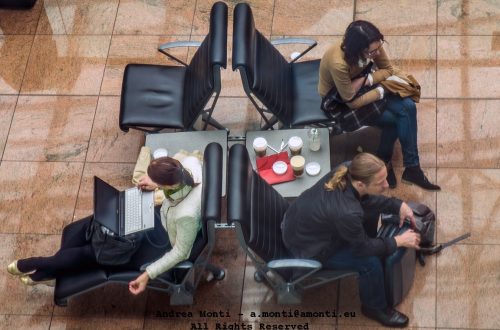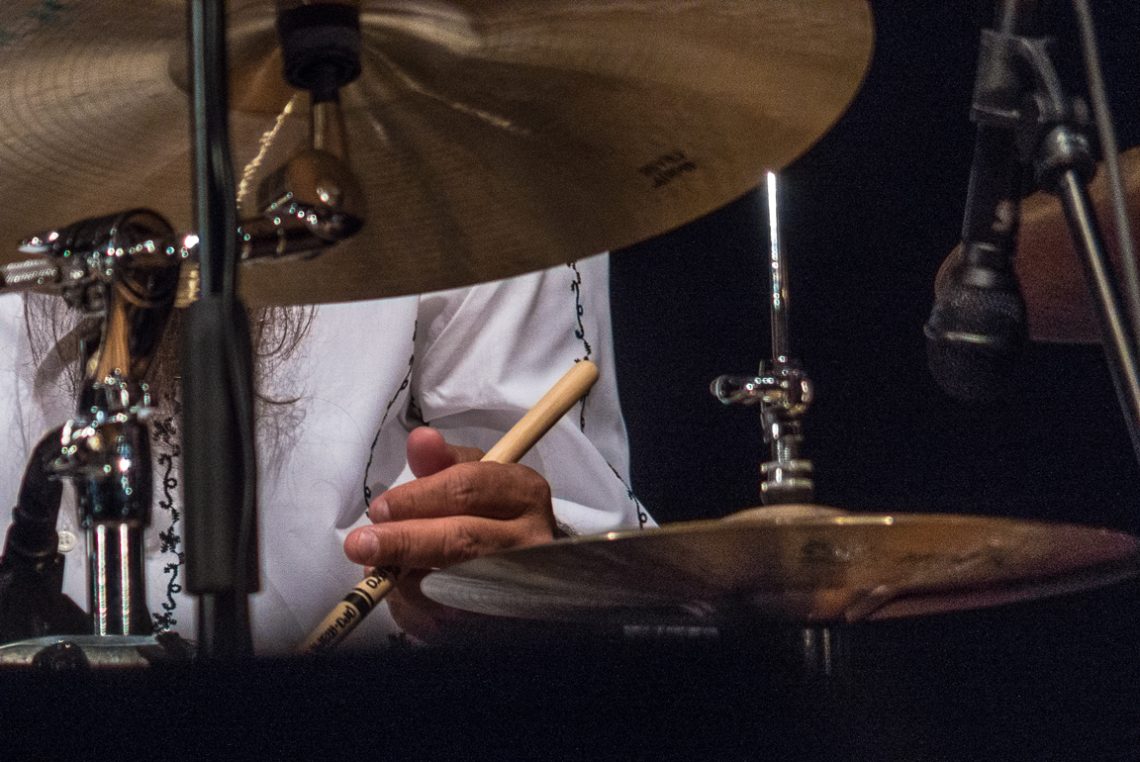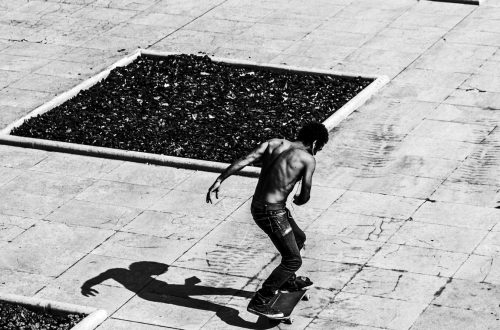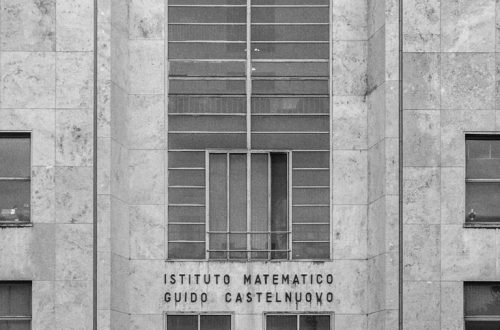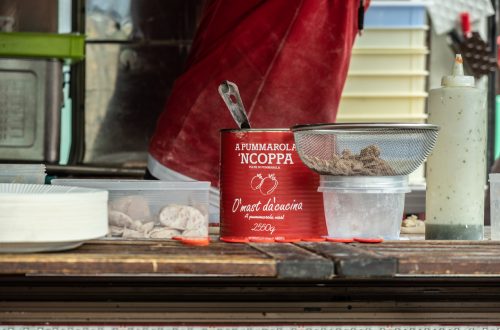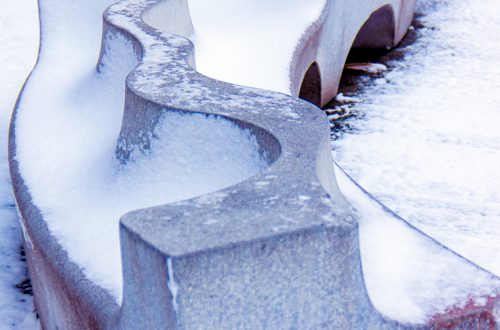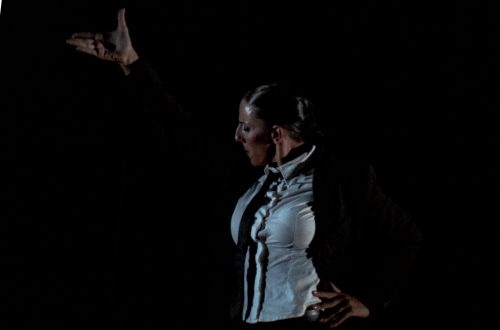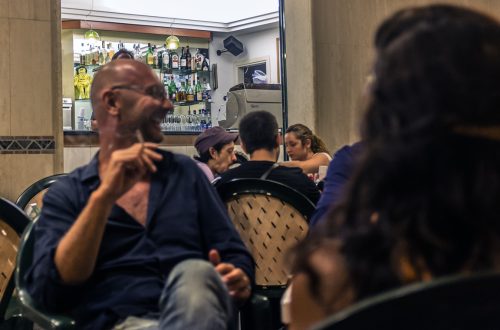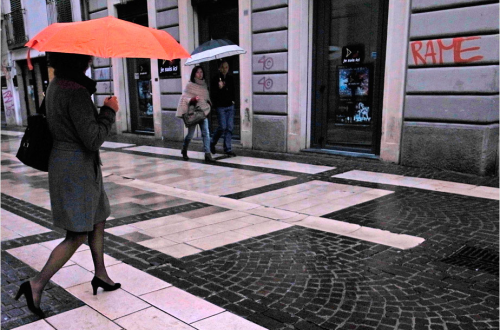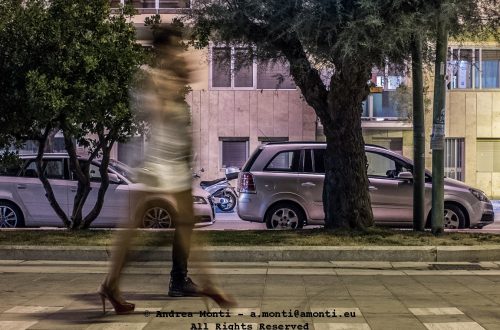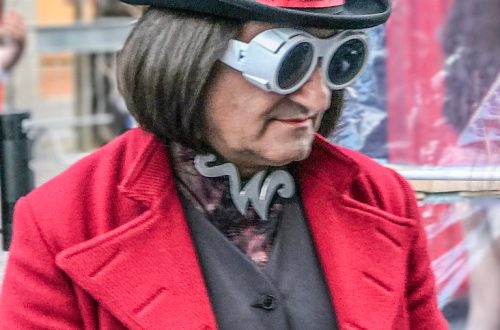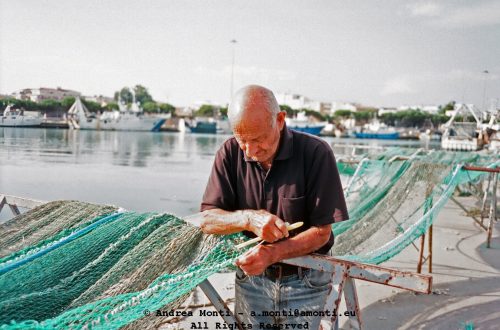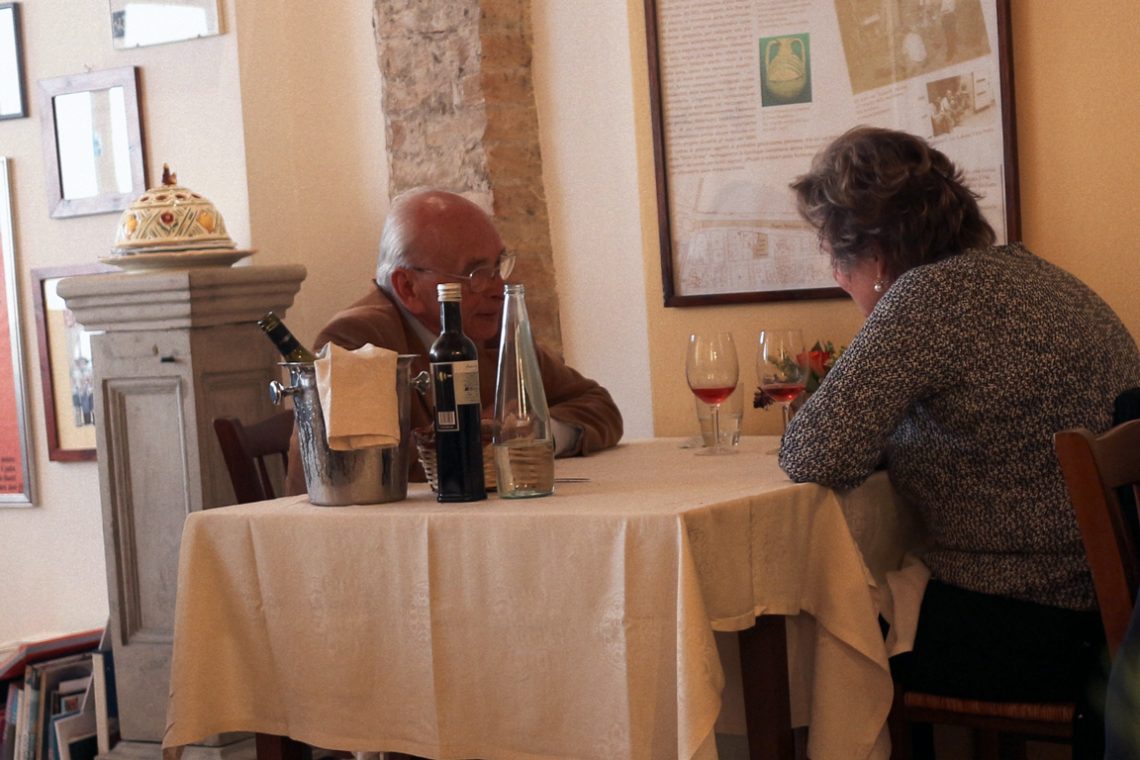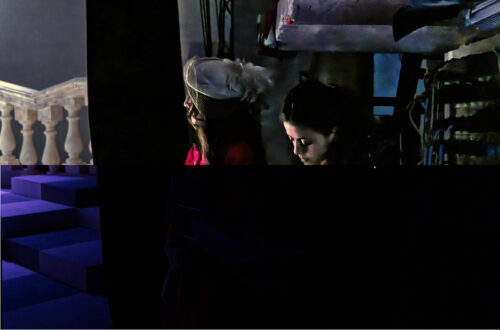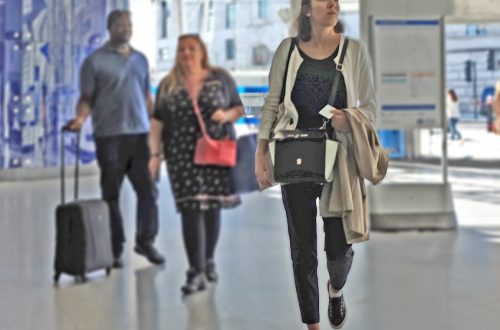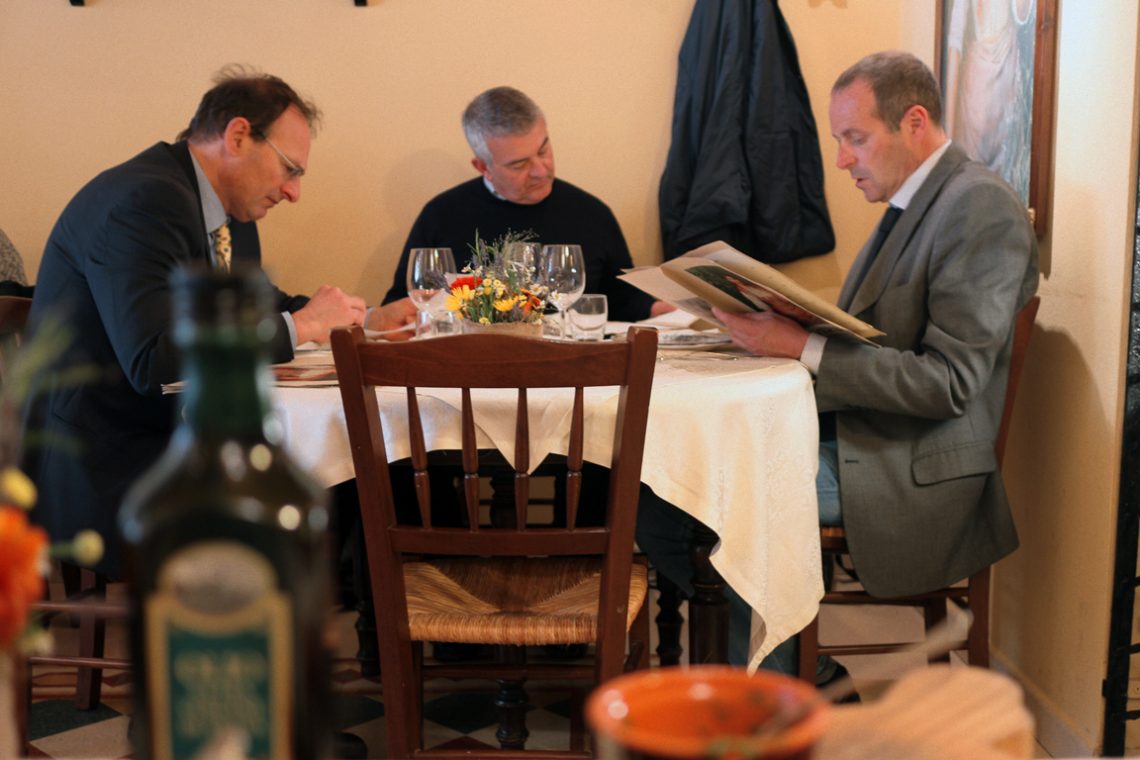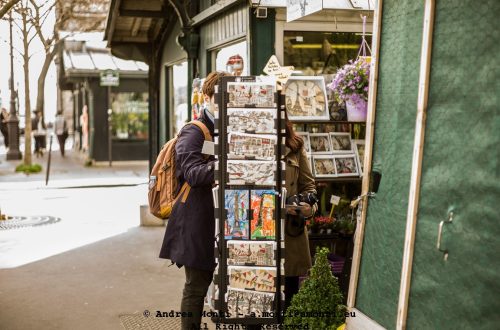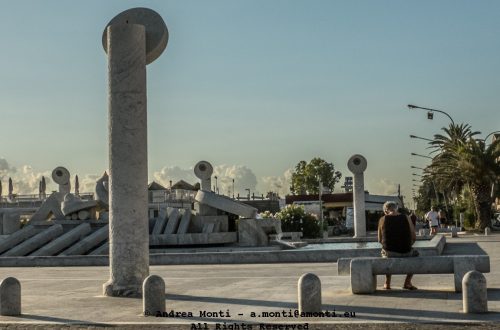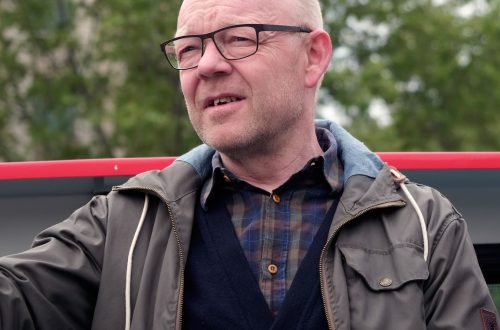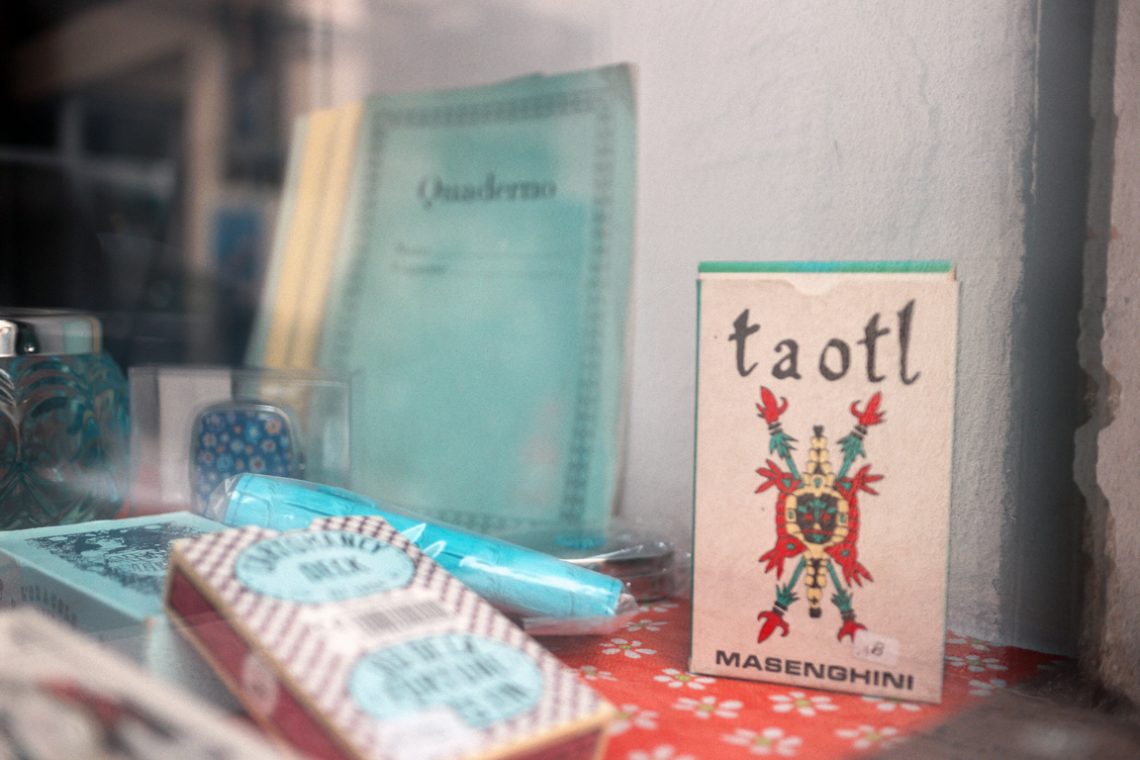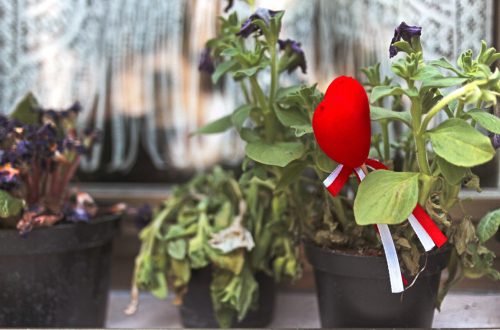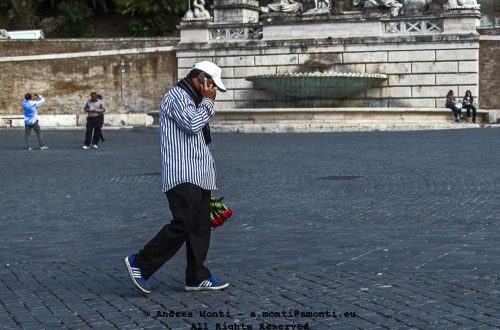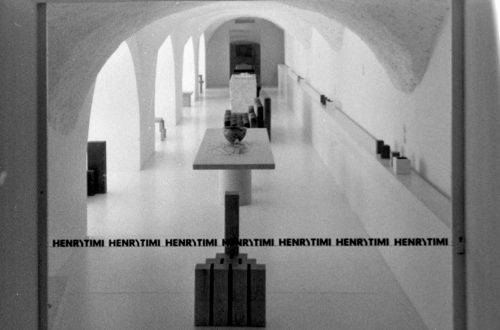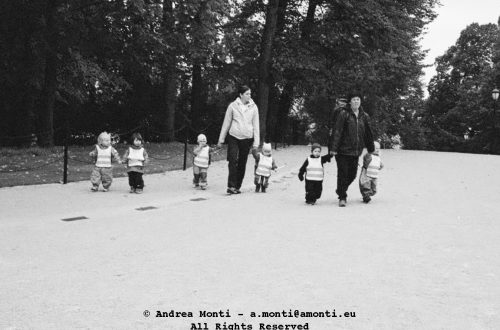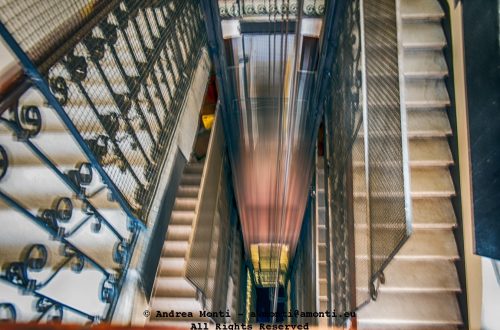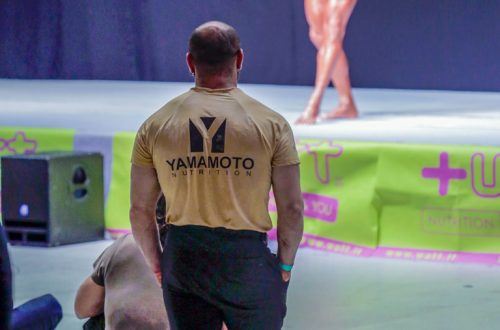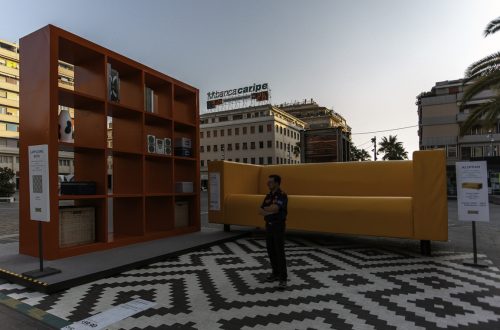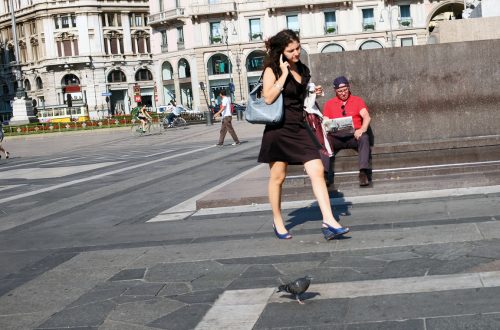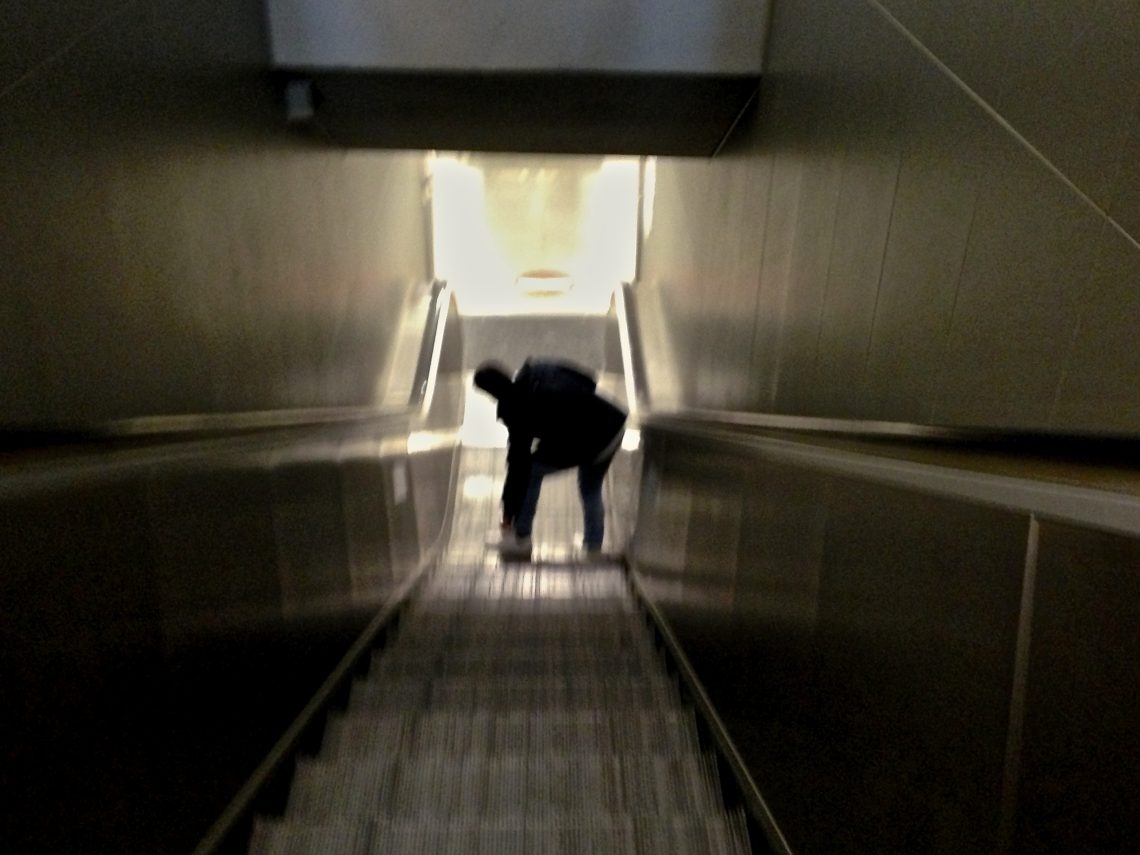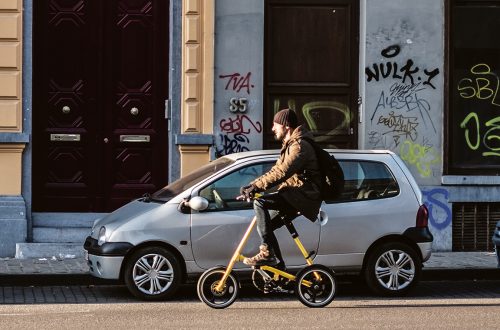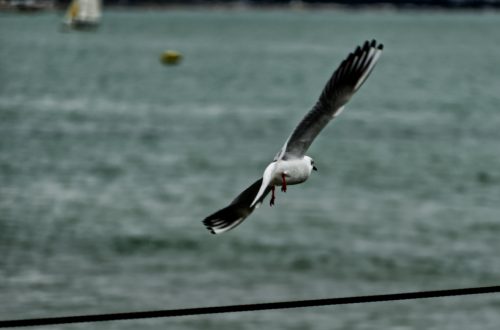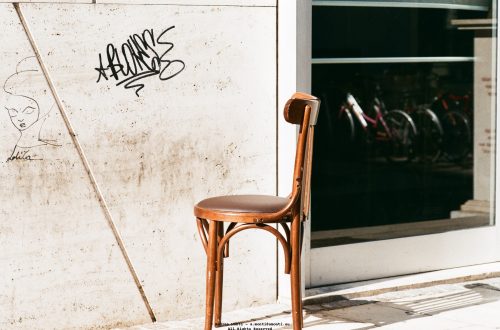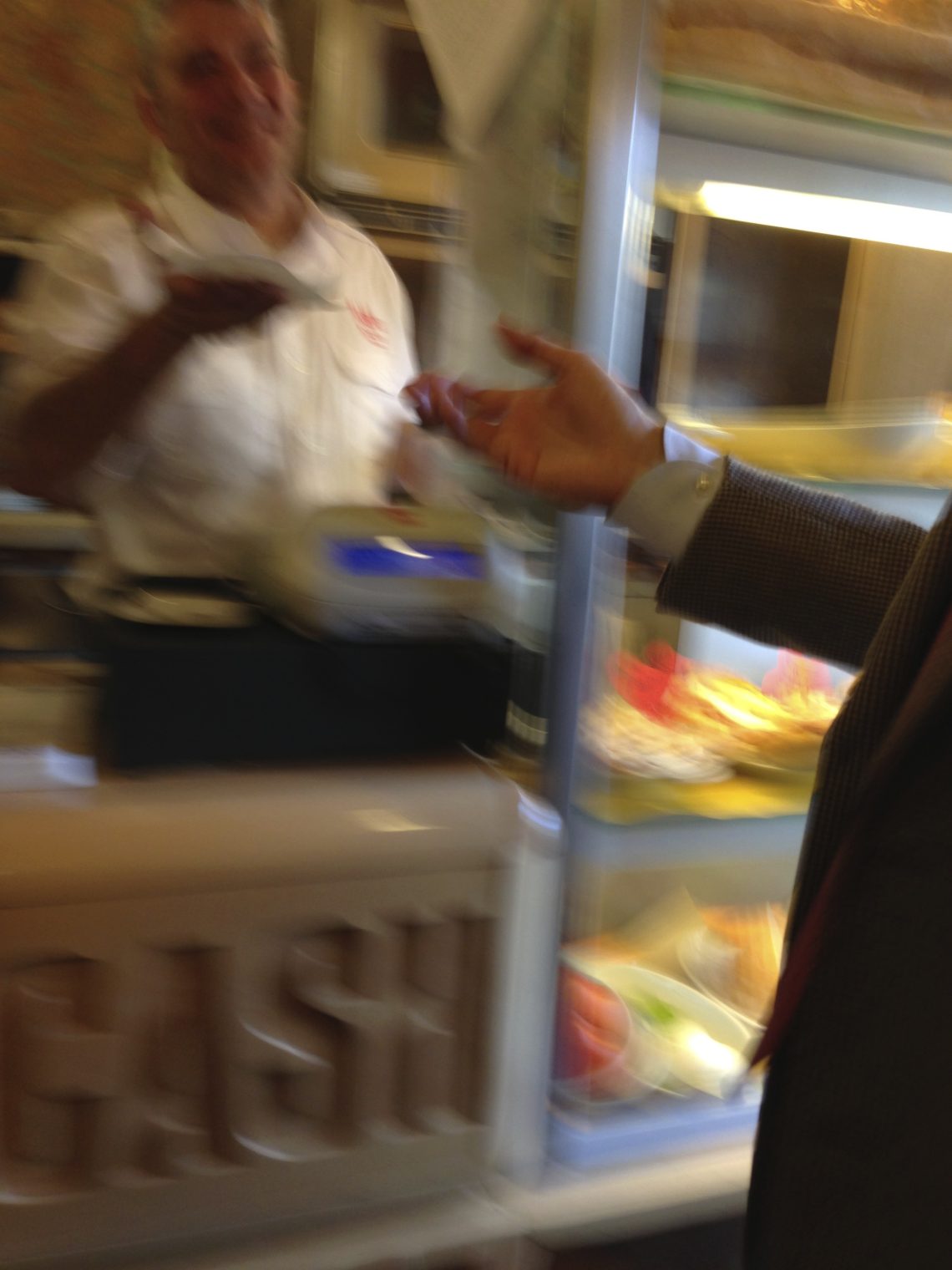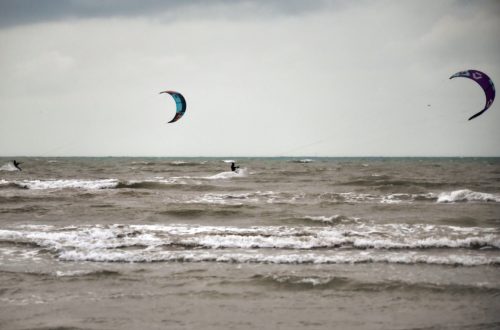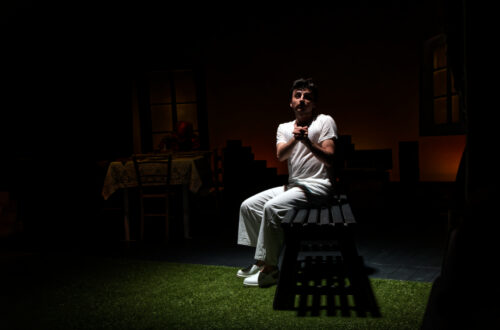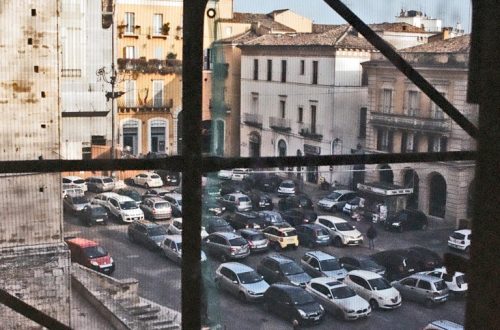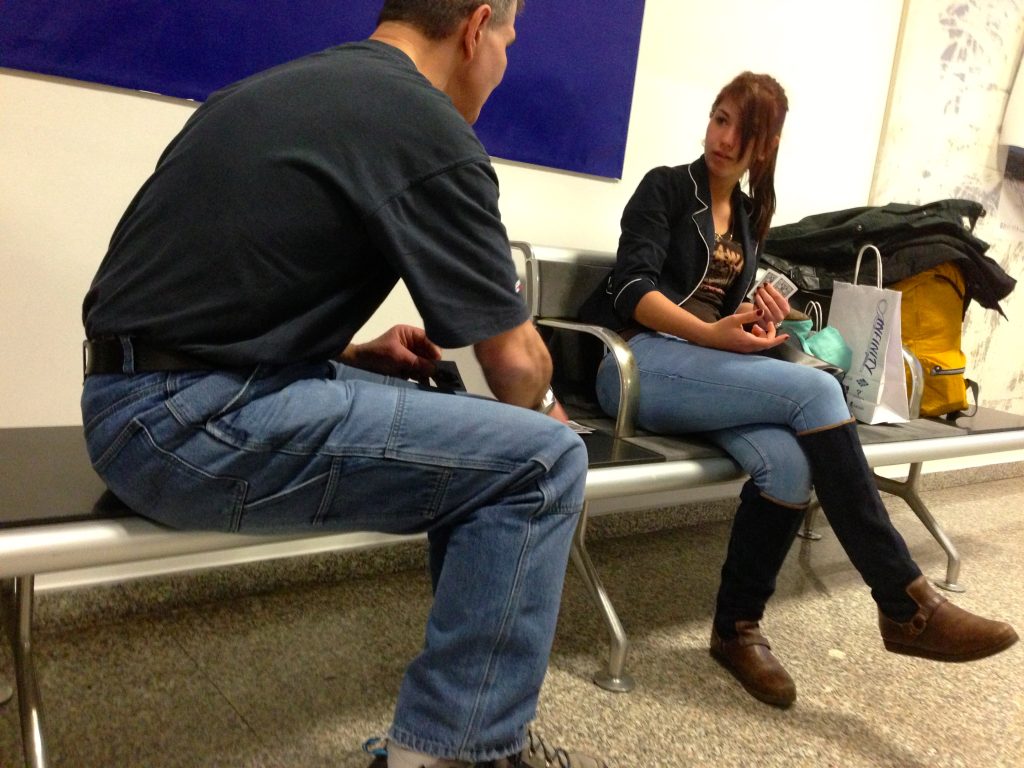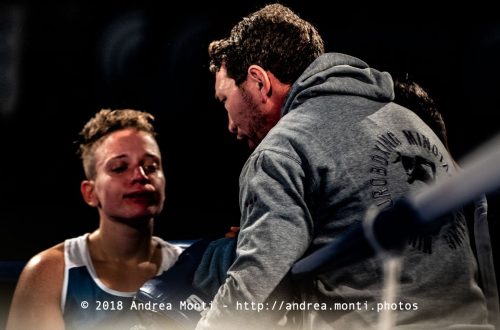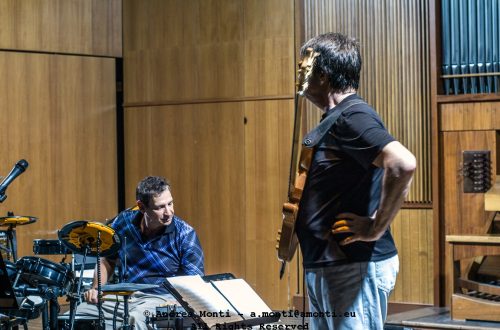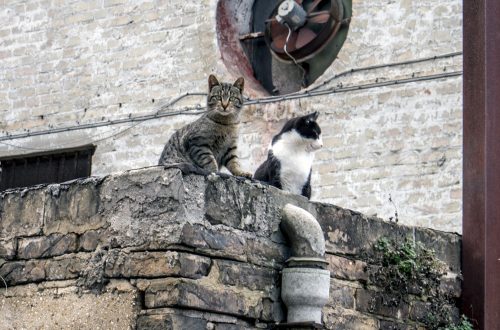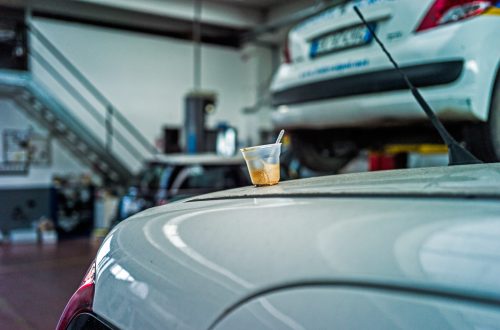-
Fantozzi’s chairs
They look innocent enough — two soft, shapeless seats next to a rattan table, tucked under a wall in some coastal bar. But the title gives it away: Fracchia’s Chairs. And if you know the name, you know exactly what kind of scene this is. Giandomenico Fracchia, as played by Paolo Villaggio in the 1970s, was the tragicomic soul of bureaucratic Italy: servile, stammering, utterly at the mercy of authority. There’s a legendary sketch in which he’s being questioned by his boss — unable to sit still on a chair so round and formless it’s practically a trap. And here it is again, reimagined in polyurethane and branded with Nastro Azzurro. The…
-
Fashionable’s shots
-
Iron Gate
When craftmanship meets art.
-
Big Brother Enhanced
Shot at Gardaland.
-
A relic from the (recent) past
less than twenty years have gone, and a telephone boot looks like a relic from the Stone Age.
-
Rest on the lake
enjoying some fruit.
-
Waiting for the goal
Why can’t I enjoy my soccer team’s match instead of wasting my time here? Because my wife loves music…
-
Segway Chase in Villa Borghese
-
Snaps of a Flamenco recital…
-
What lasts after a party…
Shot the morning after a wet December night, this scene is an unfiltered inventory of what remains once the bodies disperse. Three bottles—two upright, one half-tucked behind an iron gate—stand in for the absent crowd. There’s no music left, no voices, no movement. Just rust, grime, and the fragile persistence of glass. I framed the shot to keep the human presence implied but never visible. The steps lead nowhere, the iron gate is firmly shut, and the graffiti—hastily sprayed in orange—reads only “KR”, ambiguous and unresolved. That felt important. The story here is incomplete by design. It invites conjecture, not clarity. Technically, this is a study in texture. The marble…
-
The Hands of a Drummer (Horacio “El Negro” Hernandez)
You don’t photograph a legend. You try not to get in the way. This frame is all rhythm, no fanfare. No face, no spotlight—just hands, sticks, cymbals, and breath held between beats. It’s Horacio “El Negro” Hernández in concert, but not in the way the audience sees him. This is closer. Quieter. The private side of percussion. Shot just beneath the hi-hat, I framed the photo to let the hand speak: fingers curled not in tension, but in dialogue. The skin slightly worn, the grip half-visible—mid-phrase, mid-flow. The cymbals catch the stage light like the faintest of brushstrokes, shimmering but not stealing the scene. You can feel the groove here.…
-
Shade of Berlin
… Jeff, Berlin.
-
Knocking on lion’s door
-
Roman Break
The light was harsh that day in Piazza di Spagna, shadows cutting deep, reflections flaring off windshields and stone. I was walking without intent, Leica in hand, when I noticed these two men — coachmen, likely — parked in the shade of their own carriage, deep in conversation. Their posture was telling: relaxed, inward-facing, close without being performative. Whatever was being said wasn’t for anyone else. It was a moment of pause between tourists, an honest interruption in a day spent performing a role. The scene called for monochrome. Colour would have distracted from the shapes and lines — the interlocked limbs, the glint off the bridle, the folds in…
-
Still Together
Still together, like the very first day. I saw them before they saw me — leaning slightly towards each other, their posture neither rigid nor slouched, but comfortably suspended in the shared gravity of the table between them. The wine glasses, half-filled with rosé, spoke of time already spent; the unopened bottle on the side suggested more still to come. From a compositional standpoint, I worked with the geometry of the setting — the square table, the vertical lines of the wall, and the quiet interruption of the stone column — to anchor the frame. The couple sit on opposite sides, yet the line of sight between them is unbroken,…
-
The missing guest
This image unfolded quietly, almost too politely — three men in jackets and ties sitting at a table clearly set for four. The elegance of the setup, from the pressed tablecloth to the carefully arranged centrepiece, clashes subtly with the anticipation suspended in their posture. Nobody makes eye contact. One reads the menu, the others look downward, pretending focus. The empty chair becomes the central subject without needing to move. Framing was tight on purpose. I let the olive oil bottle in the foreground stand, blurring into obscurity and giving some depth and texture to an otherwise sharply focused core. That slight intrusion also reinforces the perspective: I wasn’t part…
-
Waiting for a Future to Tell
Behind the slightly dusty glass of an old tobacco shop window, a box of tarot cards stands upright, holding its ground with a quiet dignity. The label reads taotl, the colours still vivid despite the years: red flames, green leaves, a central emblem that seems both protective and dangerous. Beneath, the name Masenghini anchors it in a very specific history of Italian card-making, a craft now mostly relegated to collectors and the nostalgic. Around it, other objects share the same slow fate: a light-blue school exercise book titled Quaderno, some patterned boxes, a rolled cylinder of bright turquoise paper. Everyday relics, all bathed in the soft, uneven light that only old glass and time…
-
Photography and the dangers of ethics
Starting from my usual visit at Yanick Delacroix website, yanidel.net, and Eric Kim blog link after link, I’ve stumbled upon a post by Joerg Colberg discussing the always-hot topic of ethics vs law in (street-)photography. The usual way to handle this problem is by expressing it in terms of “freedom-of-expression-vs-personal-privacy” and by raising questions like “would you have shot this picture?”, “how do you feel photographing homelesses, bums and freaks?”, “Is this photo ethical?” and invariably concluding without giving a clear (though non necessary correct) answer. So, for what it worth, here are my two pence. To put it short, the Colberg (proposed) Doctrine says (verbatim quotation) it might be…
-
Foto-Grafo admitted to the Persol Reflex Edition contest
This photo has been accepted for the Persol Reflex Edition contest. I usually don’t like to participate in this kind of initiatives, but the appeal of the possibility to win a Leica M-E was too compelling!
-
Late-afternoon’s snack
…who knows what will be served for dinner?
-
The Worst Moment to Fix a Shoe’s Problem
Caught on a descending escalator, mid-bend, mid-thought—this is the photograph of a decision made too late. Everything in this frame leans forward. The vanishing point pulls you down, hard, like gravity with intention. The blur on the metal steps mimics momentum. You can almost feel the hum of machinery and the silent urgency of descent. At the centre of it all: a man hunched over, trying to wrestle control over something small and unruly—perhaps a loose shoelace, perhaps something more symbolic. I didn’t plan this shot. It happened fast. A reflex. Shot handheld, low light, no time to think, just enough to feel. The imperfection—the motion blur, the noise, the…
-
An Old-Style ATM
This frame came together in the blink of an eye — or perhaps more accurately, in the blur of one. No carefully plotted composition, no tripod, no second chance. Just a brief exchange at a café counter: a plate extended, a hand offering payment, the warmth of human transaction before contactless cards made it all vanish into invisible transfers. The motion blur here is both the flaw and the essence. Technically speaking, the shutter speed was far too slow for handheld shooting in this kind of lighting, resulting in softness across the entire image. If sharpness were the sole measure of photographic merit, this would be an immediate reject. But…
-
No Tablet, No Problem
Airport Gate, Early Evening No screens. No earbuds. No glowing rectangles in sight. Just two people passing time with cards and conversation, waiting for a flight that’s probably delayed. The bench is metallic, cold. The lighting is flat. But between them, something human is happening—casual, quiet, and becoming increasingly rare. I didn’t stage this. I just noticed it. In a terminal where most people were curled into devices, these two were leaning forward, sharing space, actually looking at each other. He speaks, she listens. She gestures, he laughs. Their luggage is there, sure—but this moment isn’t about where they’re going. It’s about the pause before it. The photo isn’t sharp…
-
Who is the mannequin?
… not sure.


